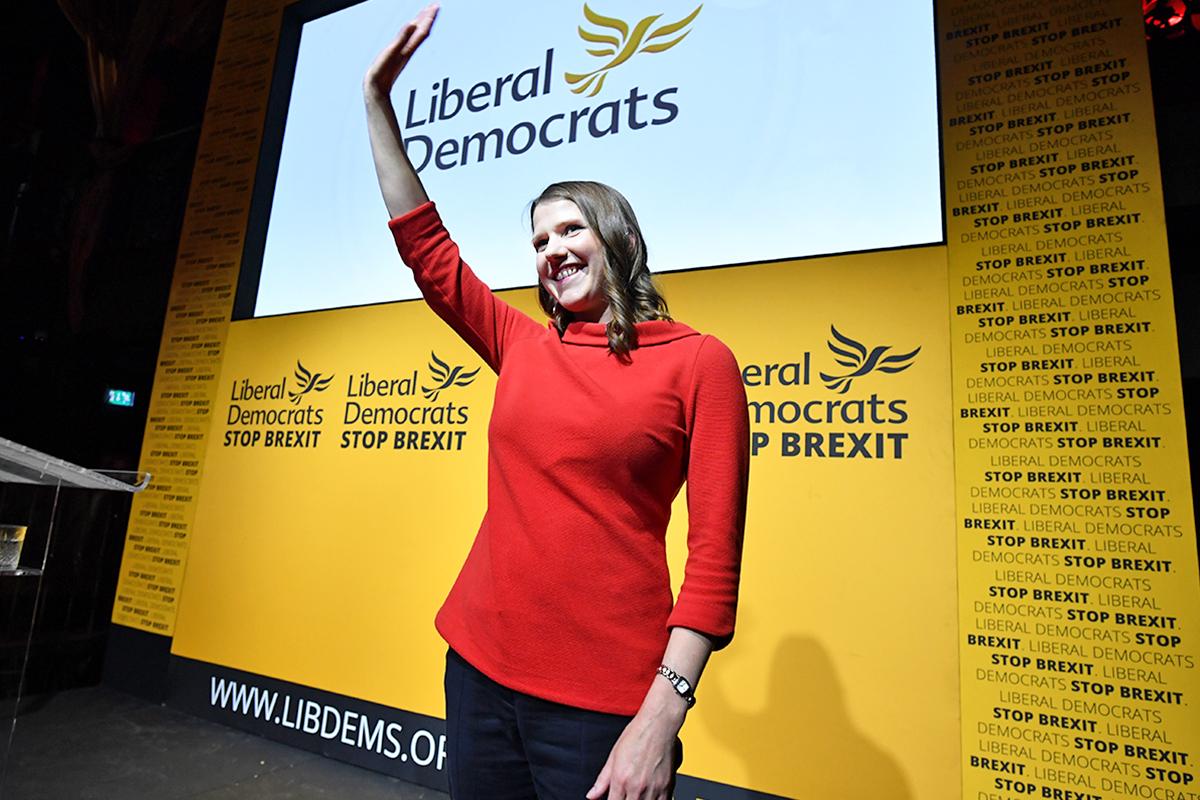Was Jo Swinson’s decision to give Boris Johnson the election he wanted rational after all?
The definitive book on the 2019 election is published today, shedding new light on the puzzle of how it happened in the first place, writes John Rentoul


Outcome bias is hard to guard against. Because the Liberal Democrats lost seats in the 2019 election, including the leader’s own, it seems obvious that Jo Swinson’s decision to give Boris Johnson the election he wanted was a terrible one. And it may indeed have been a bad decision, but it may not have been as foolish as it looked afterwards.
The authoritative book of the election is published today. The British General Election of 2019, by Robert Ford, Tim Bale, Will Jennings and Paula Surridge, is the latest in the series of academic studies going back to 1945.
It includes a riveting chapter by Professor Philip Cowley on the shenanigans that led to the passage of the Early Parliamentary General Election Act, two years ago last week. He concludes: “Political decisions are often gambles, and just because a gamble doesn’t pay off doesn’t mean it was wrong to roll the dice.”
The problem faced by those who wanted to change or delay or reverse Brexit was that opposition to the prime minister’s deal was crumbling. Johnson’s withdrawal agreement had won a preliminary vote in the Commons, as some Labour MPs who thought that the referendum ought to be respected voted for it. They included Lisa Nandy, now shadow foreign secretary, who said that they wouldn’t vote for it again unless changes were made to protect employment rights, but it felt as if the dam had sprung a leak.
Swinson decided to roll the dice, thinking that if she did nothing, we would leave the EU. If she went for an election, there was a chance of stopping it. It was a remote chance, which depended on the Lib Dems either replacing Labour as the main opposition, or on Jeremy Corbyn leading Labour in another surprisingly effective election campaign, and on Nigel Farage splitting the Leave vote.
But there were hidden calculations that helped tilt her towards taking the risk, namely that she expected the Lib Dems to pick up a lot of votes and seats from the Conservatives in strongly Remain areas. In this, she was half right, as shown by the statistical analysis in the book by Professor John Curtice and others. The Lib Dems did indeed do well in gaining votes from Remainers, especially in Tory-held seats, but not well enough to make significant gains in seats.
There were hidden calculations in all parties. Johnson did not want to appear to be too keen on an election in case that put opposition parties off voting for it. He therefore had to present himself as reluctantly bringing a bill for an early election to the Commons because parliament was deadlocked – even though the lock had started to break.
Labour had to pretend to be in favour of an election because it was the opposition, which is always supposed to be keen to bring the government down (this was complicated by the fact that Corbyn appeared to be genuinely in favour of an election, imagining that he would outdo expectations as he had in 2017).
Then there was the Scottish National Party, which was keen to have an election because it thought it would gain seats (it did), and which was secretly keen to have an election that would result in a majority for Johnson and “Getting Brexit Done”, both of which would increase support for independence in Scotland.
The SNP had enough MPs on its own to help the Tories get Johnson’s bill through, but it couldn’t go it alone without appearing to be pro-Tory and pro-Brexit.
That was why Swinson was decisive and why, in the end, the SNP did not even vote for the early election – it was enough that Swinson would and Corbyn thought that the SNP would join her: most of the Labour Party then followed.
Even then, Swinson’s cause need not have been lost as badly as it ended up being. The book points out that more people voted for parties that were willing to put Brexit to a second referendum (52 per cent) than for pro-Brexit parties (47 per cent).
But their votes were not spread evenly: “The pro-Brexit parties won a larger share of the vote in 328 constituencies, while the pro-second referendum parties were ahead collectively in just 304.” And that advantage was further skewed by Labour’s loss of Leave voters which cost it so many seats in the north of England and the Midlands.
Brexit was probably going to happen anyway, but Swinson rolled the dice and got rolled over.
The British General Election of 2019, by Robert Ford, Tim Bale, Will Jennings and Paula Surridge, is published by Springer, £24.99






Join our commenting forum
Join thought-provoking conversations, follow other Independent readers and see their replies
0Comments